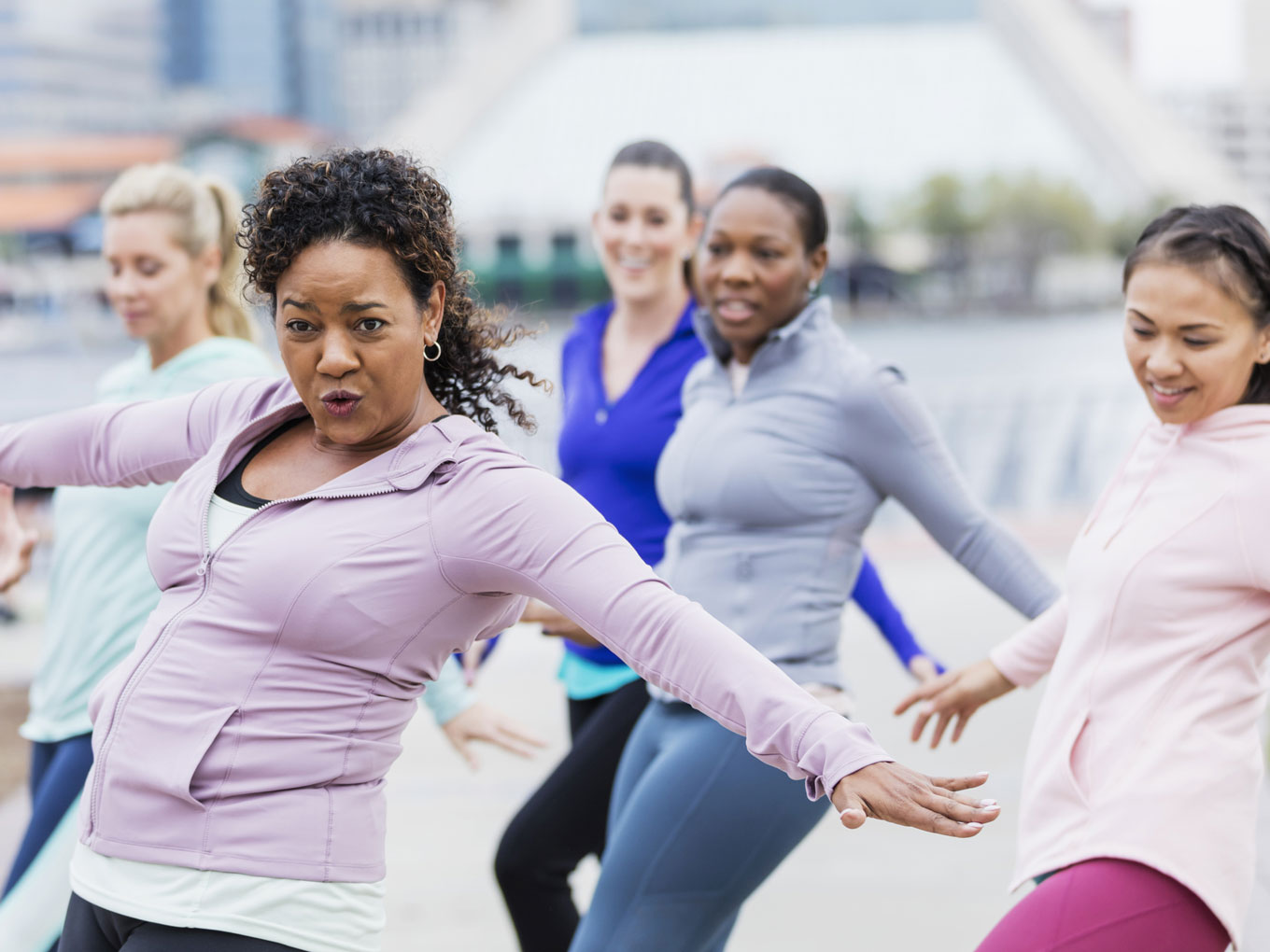
The Evidence Stacks up on Physical Activity: It’s a Must for Health
Sedentary behaviors in the office, watching TV, and scrolling screens are terrible for our health. Here are quick tips, top facts, and motivation to help.

Unlike that of our ancestors, a lot of modern life consists of riding in cars, sitting in chairs, and too much couch time. The sedentary lifestyle (1) is spreading worldwide because of a lack of available spaces for exercise, occupational sedentary behaviors such as office work, and the penetration of television and video devices. (2) The problem is, it’s terrible for our health.
Since we typically aren’t faced with the necessity of hard physical labor, as our ancestors were, today’s population has to “invent” ways to be physical, such as going to the gym, running, or playing tennis. Many of us find it difficult to engage in exercise due to time factors, obligations, or lack of motivation. So, it’s a conundrum. We thought it might be helpful to take a look at exactly how physical activity aids health. Once you have the facts, you can decide if and how to change your habits.
A Few Benefits of Regular Exercise
Better Brain Power. Studies show that the benefits kick in immediately after a session of physical activity. These include reduced feelings of anxiety and improved cognitive function. In the latter category, that covers Improved executive function, attention, memory, and processing speed. Physical activity can also reduce risk of depression and improve sleep efficiency and quality as well as reduce daytime sleepiness.
A Heartier Heart. Getting at least 150 minutes a week of moderate physical activity can put you at a lower risk for cardiovascular disease. It does that by improving the muscles’ ability to pull oxygen out of the blood, reducing the need for the heart to pump more blood to the muscles. It also reduces stress hormones that can put an extra burden on the heart, works like a beta blocker to slow the heart rate and lower blood pressure, increases high-density lipoprotein (HDL) or “good” cholesterol, and helps control triglycerides.
Cancer Control. The positive biological effects of exercise include reducing inflammation and improving immune system function as well as lowering the levels of sex hormones, such as estrogen, and growth factors that have been associated with breast cancer development and progression. In relationship to colon cancer, exercise prevents high blood levels of insulin, which has been linked to cancer development and progression; alters the metabolism of bile acids, decreasing exposure of the gastrointestinal tract to these suspected carcinogens; and reduces the time it takes for food to travel through the digestive system, which decreases gastrointestinal tract exposure to possible carcinogens. (3)
Muscle and Bone Balance. Muscles and bones work together to make your body move—and for maximum efficiency, muscle and bone strength need to be balanced. As your muscles grow stronger from exercise, they pull harder on bones. The harder they tug, the more your body strengthens the bones. Stronger bones and muscles mean less joint pain since the joints stay intact and lubricated, increased strength so you can perform daily activities better, and better balance overall since your body is stronger. (4)
Just a Little Matters a Lot
As health improves by increasing physical activity, the result can be a longer lifespan. Something we all hope for! According to the Centers for Disease Control and Prevention (CDC), an estimated 110,000 deaths per year could be prevented if US adults ages 40 and older increased their moderate-to-vigorous physical activity by a small amount. Even 10 minutes more a day would make a difference.
Researchers concluded that taking more steps a day helps lower the risk of premature death from all causes. For adults younger than 60, the risk of premature death leveled off at about 8,000 to 10,000 steps per day. For adults 60 and older, the risk of premature death leveled off at about 6,000 to 8,000 steps per day.
Quick Tips
- Aim for at least 30 minutes of physical activity every day.
- See everyday activities as an opportunity to be active with regular, vigorous activity.
- Minimize the amount of time spent in prolonged sitting and break up long periods of sitting as often as possible.
Getting started
Getting motivated to exercise is a lot easier with guidance from a certified health and wellness coach.
Find out the other behaviors and characteristics that are a part of total physical wellness.